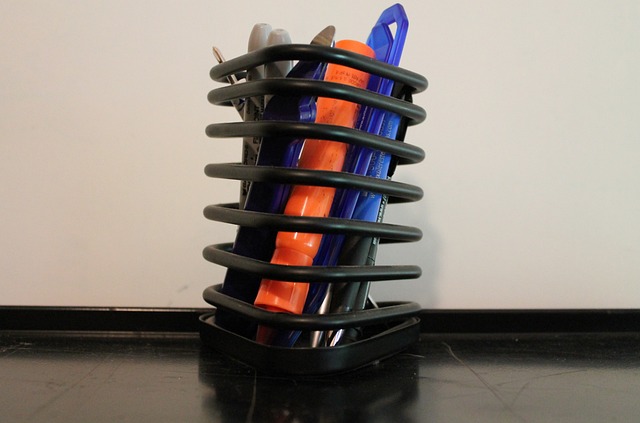Before moving a heavy pool table, conduct a thorough inspection for damage, measure dimensions, and verify weight capacity. Smaller tables may only require 2-3 people, while larger ones might necessitate professional assistance. Regular maintenance prevents unexpected issues during transport, making the process easier and less stressful. Accurate measurements help determine disassembly needs and safe navigation through doorways and staircases.
Moving a heavy pool table can be a daunting task, but with careful planning and the right tools, it’s manageable. This article guides you through the process of relocating your beloved game room centerpiece with ease. We’ll show you how to assess the table’s condition and size, gather necessary tools, plan your moving route, and even consider disassembly for smoother transport. Discover the secrets to making what seems impossible, become a pool table moving pro, and ensure your table arrives at its new home unscathed.
- Assess the Table's Condition and Size
- – Check for damage or wear
- – Measure the table to understand its dimensions and weight
Assess the Table's Condition and Size

Before tackling the task of moving a heavy pool table, it’s crucial to assess its condition and size. First, inspect the table for any signs of damage or wear. Make sure all mechanisms are in good working order, including the legs and sliding supports. Check if the table cloth is clean and intact; a damaged or frayed cloth can make the moving process more challenging. As for size, measure both the table’s dimensions and its weight capacity. This step is essential because it determines the equipment and manpower required for the move. Larger tables or those with higher weight limits might need specialized furniture movers or additional tools like dollies and straps to ensure a safe and smooth transfer.
Understanding the table’s condition and size provides insights into the easiest way to move it. For smaller, lighter tables, two or three people might be enough for the job, using proper lifting techniques to avoid injuries. However, heavier or larger tables may necessitate a team effort and potentially professional assistance. This assessment step is key in planning an efficient and safe moving strategy.
– Check for damage or wear

Before attempting to move your heavy pool table, it’s crucial to conduct a thorough inspection. Check for any signs of damage or wear, both on the table itself and its components. A damaged pool table not only makes moving more challenging but also poses safety risks. Frayed felt, broken cues, or loose legs are red flags that require immediate attention. Repairs or replacements might be necessary to ensure a smooth move and preserve the table’s condition.
Regular maintenance can greatly facilitate the moving process. Lubricating mechanisms, tightening screws, and checking the stability of the structure can prevent unexpected issues during transport. This preventative measure not only makes lifting easier but also reduces the risk of injury for you and your movers. By taking these simple steps, you’ll find that moving a pool table is more manageable and less stressful.
– Measure the table to understand its dimensions and weight

Moving a heavy pool table can be a daunting task, but with proper preparation and some clever tricks, it doesn’t have to be stressful. The first step is to measure the table to understand its dimensions and weight. Knowing exactly what you’re dealing with allows you to plan the logistics effectively, ensuring a smooth move. This includes assessing the table’s length, width, and height, as well as its overall weight. Pool tables can vary significantly in size and weight, so this crucial step will help determine the best approach for transportation.
By taking accurate measurements, you can decide if disassembling the table is necessary or if it can be moved intact. You might also need to consider the doorways, hallways, and staircases involved in the move. Planning these details beforehand prevents last-minute surprises and ensures the safest possible transport of your precious pool table.
Moving a heavy pool table requires careful planning. Assessing its condition, checking for damage, measuring dimensions, and understanding weight are crucial first steps. By following these simple guidelines, you can ensure a smoother process, making it one of the easiest ways to move your pool table without straining or risking injury. Remember, proper preparation is key to a successful move.
